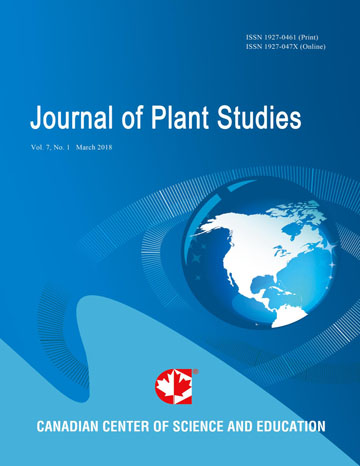Laser Confocal Scanning Microscopy and Transmission Electron Microscopy to Visualize the Site of Callose Fiber Elongation on a Single Conifer Protoplast Selected With a Micromanipulator
- Tomoya Oyanagi
- Asami Kurita
- Takeshi Fukumoto
- Noriko Hayashi
- Hamako Sasamoto
Abstract
We have developed a new method to observe the site of big and long spiral callose fiber elongation from a protoplast in liquid culture medium. Protoplasts of embryogenic cells of a conifer, Larix leptolepis, were cultured in the NH4NO3-free Murashige and Skoog’s medium containing 50 mM MgCl2 and 6% sucrose in a well in a 96- or 24-well culture plates. The protoplasts with elongated callose fibers were selected before fixation with glutaraldehyde, by picking up using a micromanipulator after electric treatment (DC 3 kV/cm) in the medium containing Alexafluor 488 phalloidin. Under laser confocal scanning microscopy (LCSM), two sites in the cell were stained clearly. One site was the nucleus and the other was the plasma membrane from which fibers elongated. Single cell transmission electron microscopy (TEM) was developed for observation of the microstructure at the site of fiber elongation on a single protoplast. A single protoplast which had a fiber was selected using a micromanipulator and transferred to an agarose bead at a low gelling temperature. The cells were fixed with cold glutaraldehyde and processed for TEM analysis. Elongated thin fibrils with vesicle-like structures could be observed by TEM.
- Full Text:
 PDF
PDF
- DOI:10.5539/jps.v3n2p23
Journal Metrics
h-index (December 2021): 17
i10-index (December 2021): 37
h5-index (December 2021): N/A
h5-median(December 2021): N/A
( The data was calculated based on Google Scholar Citations. Click Here to Learn More. )
Index
Contact
- Joan LeeEditorial Assistant
- jps@ccsenet.org
